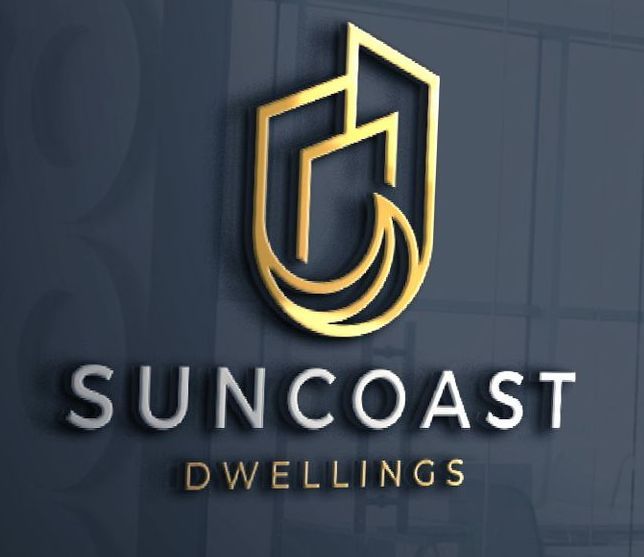Suncoast Dwellings LLC
Suncoast Dwellings LLC
Financing for your custom ADU
At Suncoast Dwelling LLC, we prioritize making ADU ownership as simple and seamless as possible. That’s why we’ve teamed up with one of Tampa Bay's leading lenders, Lincoln Lending Group. Serving the area since 2003, Lincoln Lending Group is committed to helping you achieve your ADU ownership goals. From start to finish, we’ll be here to guide you every step of the way. Click the link below to begin your application.
01
Home Equity Loan or Home Equity Line of Credit (HELOC)
How it works:
This option allows you to borrow against the equity in your primary home
Pros:
- Typically offers lower interest rates than personal loans or credit cards
- Fixed interest rates for home equity loans or flexible borrowing with HELOCs
- You can borrow a large sum, depending on the equity in your home
Cons:
- Risk of losing your home if you default on the loan
- Interest rates can rise with HELOCs
02
Cash-Out Refinance
How it works:
This involves refinancing your mortgage for more than you currently owe, then taking the difference in cash. You can use this cash to finance the construction of your ADU
Pros:
- You can access a large amount of money with potentially lower interest rates than other loans
- The loan is secured by your property, which can result in better terms
Cons:
- Increases the size of your mortgage
- Your property is again at risk if you can’t repay the loan
03
Personal Loan
How it works:
You take out an unsecured loan from a bank, credit union, or online lender. This option doesn’t require home equity
Pros:
- No need to use your home as collateral
- Fast approval and funding
- Good option for those with good credit but little home equity
Cons:
- Higher interest rates compared to home equity loans or HELOCs
- Loan amounts may be smaller, which might not cover the full cost of the ADU
04
FHA 203(k) Loan (Renovation Loan)
How it works:
This government-backed loan allows you to finance both the purchase of a property and the cost of renovations, including ADUs. It can be used for existing properties or newly purchased ones.
Pros:
- Low down payment requirement (as low as 3.5%)
- Can cover both construction costs and home purchase costs
Cons:
- A more complicated application process
- Limited to certain types of properties and may not be available in all locations
Suncoast Dwellings LLC
For your custom ADU, call on the best team of experts in the area! Get in touch with us today to discuss your plans and get a free estimate for all of our work!
Contact info
360 Central Ave
St. Petersburg, Florida 33701
727-615-4111
